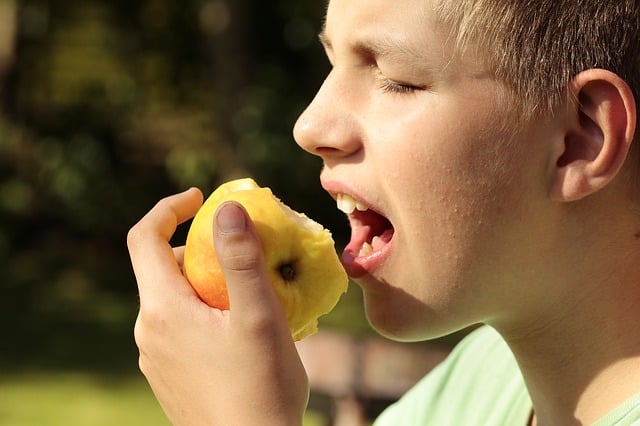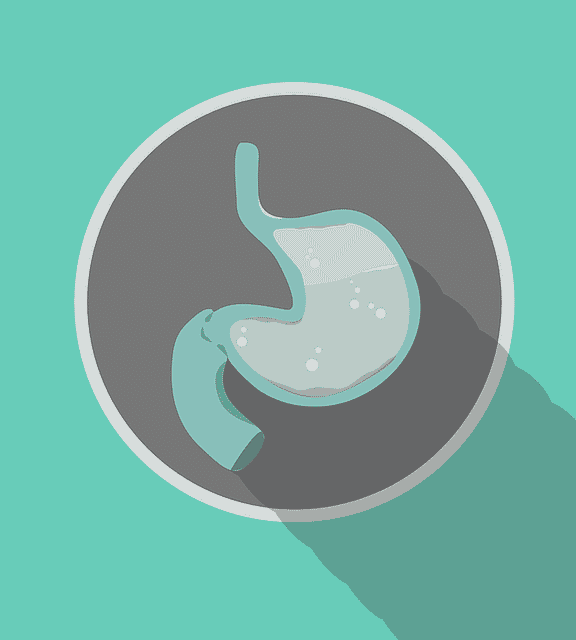
As part of the digestive process, ingested food is converted into chyme.
Chymo is a word that comes from the Latin chymus , although its most distant etymological antecedent is found in a word from the Greek language that can be translated as “juice” . It is the paste resulting from the mixture of the bolus with various substances present in the stomach.
When a person eats food, the first step is to put the food in question into the mouth . With the teeth, the subject crushes the food in a process known as chewing , which allows swallowing. In addition to the teeth, saliva also acts.
Thus the food becomes what is called a bolus, which will descend through the esophagus until it reaches the stomach. In the stomach, when the bolus mixes with gastric juices and various enzymes , it is transformed into the homogeneous substance called chyme. The chyme will later pass to the intestine .
The importance of gastric juices
Gastric juices are made up of bicarbonate, hydrochloric acid, sodium chloride, water and other substances. The action of these substances and the movements made by the walls of the stomach convert the bolus into chyme.
From the stomach, chyme passes to the intestine. In the small intestine, the body absorbs the nutrients from the pasta . Finally, the waste resulting from all the processes to which the food is subjected is evacuated through the anus.

Chyme is formed in the stomach from the mixture of the bolus with gastric juices and other substances.
Interesting facts about chyme
In addition to everything stated above, we cannot ignore another important series of data related to the aforementioned chyme, among which are the following:
-Depending on the amount of food the person has eaten and also the type of food they have eaten, the stomach will be able to digest the chyme in more or less time. So, for example, if it was something lighter, you can do it in approximately forty minutes, while if it was something more forceful, this process could last hours.
-In the same way, it must be taken into account that chyme is identified as being very acidic.
-Due to different biliary and pancreatic secretions, the chyme has to undergo a series of transformations that end up becoming chyle.
Digestion time
As we have mentioned previously, the digestion of chyme by the stomach can take longer or shorter depending on the food that has been eaten. In this case, we can establish that there are a series of foods that are heavy and that cause digestion to not be completed until a few hours have passed. We are referring, for example, to drinks that are especially rich in vitamin C, to products with a lot of fat and that are fried, to highly seasoned foods, to the abuse of chocolate...
All this without passing other foods that, due to their components, also significantly slow down and hinder digestion. That would be the case of garlic, onion, broccoli, cabbage, certain legumes...
It is important to differentiate, finally, between chyme and chyle . The latter is the substance formed by emulsified lipids by the action of the duodenum, pancreatic juice and bile .
